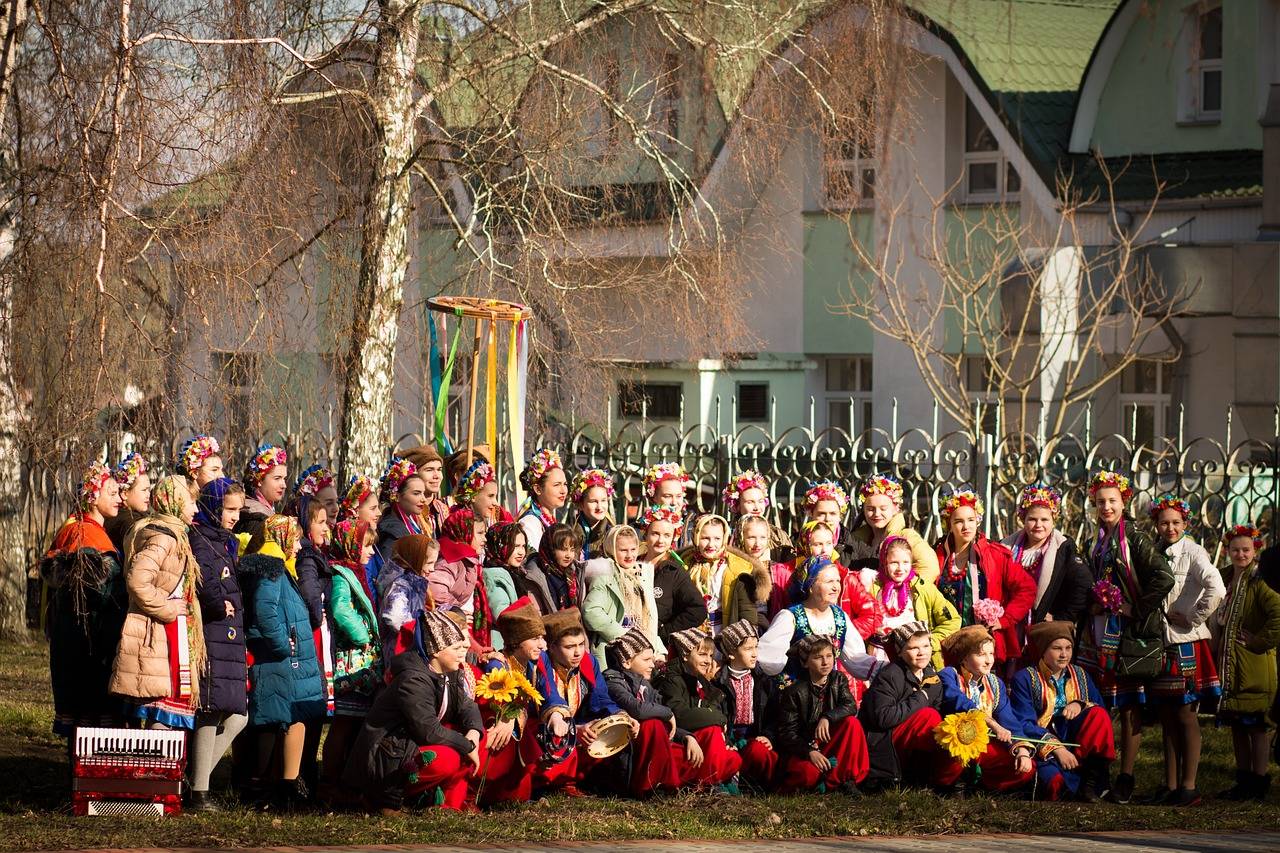The Role of Costume Design in Creating Memorable Characters
Costume design plays a crucial role in the development of characters on stage and screen. The attire chosen for a character provides important visual cues that help to communicate their personality, backstory, and motivations. Whether it’s the elegant gowns of a Victorian aristocrat or the rugged attire of a post-apocalyptic survivor, costumes help to ground the character in their world and convey essential information to the audience without the need for lengthy exposition.
In addition to communicating individual character traits, costume design can also contribute to the overall tone and atmosphere of a production. The colors, textures, and styles chosen for the costumes can evoke specific time periods, settings, or moods, enhancing the audience’s immersion in the story. Clever costume choices can transport viewers to different worlds, whether historical, fantastical, or futuristic, and help to create a cohesive visual experience that complements the performances of the actors.
The Influence of Costumes on Audience Perception
Costumes play a crucial role in shaping how audience members perceive a character on stage or screen. The choices made in costume design can convey important information about a character’s background, personality, and even their internal struggles. By carefully selecting colors, fabrics, and styles, costume designers can visually communicate key aspects of a character to the audience without a single word spoken.
Audience members often form initial impressions of a character based on their appearance, including their costume. A character dressed in bold, vibrant colors may be perceived as confident and outgoing, while a character in muted tones and simple clothing may be seen as more reserved or introspective. The details of a costume, such as accessories or patterns, can also provide subtle hints about a character’s interests, social status, or emotional state. These visual cues can significantly influence how the audience connects with and interprets a character’s actions and motivations throughout a performance.
• The colors chosen for a costume can convey important information about a character’s personality and traits.
• Fabrics and styles of costumes can help to communicate a character’s background and social status.
• Accessories and patterns in costumes can provide subtle hints about a character’s interests and emotional state.
• Audience members often form initial impressions of characters based on their appearance, including their costume choices.
How Costumes Reflect Character Personality
Costumes play a crucial role in bringing characters to life on stage and screen. They serve as an external reflection of the character’s internal traits, helping to convey personality, emotions, and motivations to the audience. Through the careful selection of colors, fabrics, styles, and accessories, costume designers can effectively communicate key aspects of a character’s identity without the need for explicit words.
Furthermore, costumes can also provide insights into a character’s background, social status, and cultural influences. For example, a character dressed in elaborate, luxurious garments may be perceived as wealthy, powerful, or flamboyant, while someone in simple, tattered clothing could be seen as humble, downtrodden, or resourceful. Every detail, from the fit of a garment to the choice of footwear, contributes to shaping the audience’s understanding of who the character is and how they fit into the larger narrative.
How does costume design contribute to character development?
Costume design plays a crucial role in character development by visually representing the personality, background, and traits of a character. It helps actors get into character and allows the audience to better understand and connect with the character.
Can costumes influence how the audience perceives a character?
Yes, costumes can greatly influence how the audience perceives a character. The colors, styles, and details of a costume can convey information about the character’s status, mood, and motivations, shaping the audience’s impression of the character.
How do costumes reflect a character’s personality?
Costumes reflect a character’s personality by conveying their individuality, style, preferences, and backstory. For example, a character dressed in vibrant colors and bold prints may be seen as outgoing and confident, while a character in neutral tones and classic silhouettes may be perceived as more reserved and traditional.





